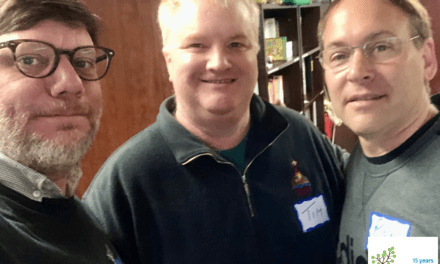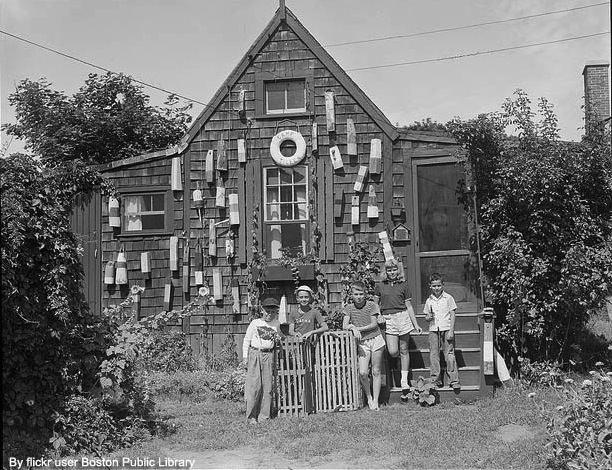If you missed the viral peak of the Wordle craze there is still room to join in on puzzling with letters to find the secret word of the day with your class. When Wordle first appeared, its ability to provide a new refreshing daily routine was a big part of its success, as Kamala Harris aptly dubbed Wordle a “brain cleanser”. Since then teachers have introduced Wordle into the classroom as a bellringer activity to kickstart a lesson. Even beyond using Wordle in class for gamifying vocabulary building, or spelling, there is an avalanche of Wordle spin-offs that can keep students learning while having fun.
For Starters
For teachers using Wordle in the classroom, the most direct links are to the English Language Arts. Common Sense Education agrees when rating this popular and simple 5-letter word game as suitable for ELA, critical thinking, and vocabulary building for grades 3 to 12.
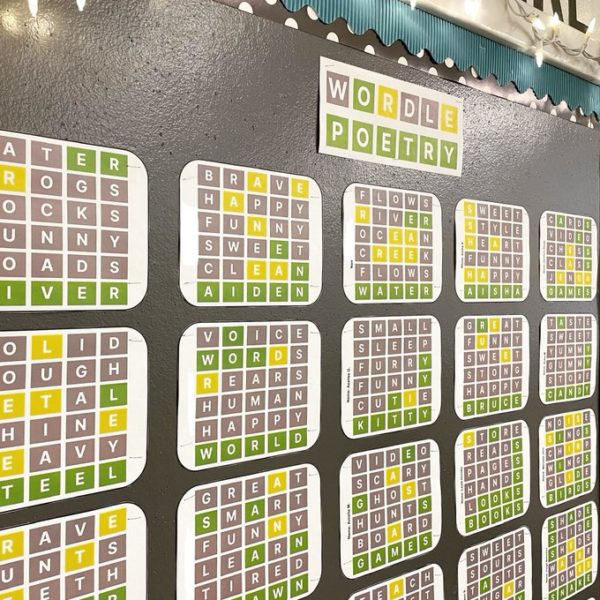
Starter words are key as results reveal clues with letters either turning gray (not a letter for this word), or green (right spot, right letter), or yellow (right letter, wrong spot). Some players recommend to always start with the same first attempt with words such as: “adieu”, “slice”, “canoe” or “tried”. These types of words aim to cover most of the vowels and focus on common consonants like ‘S, T, R, L, N’ to help with elimination.
Without an official Wordle dictionary, there are different in-roads towards building up a student’s vocabulary while solving a 5-letter puzzle.
The most direct approach is to provide the class access to popular 5-letter word lists.
In Ms Sousa’s class, she chooses a theme with her students and encourages using a 5-letter word list to build 6-word poems with a Wordle-type template (that also comes with instructions on how to adapt this to your classroom).
Dee Beattie’s printable flashcards, a Wordle helper incorporates her work using Orton Gillingham for students with dyslexia listing out tools like “beginning blends” and “vowel teams”.
 Is that a word?
Is that a word?
Students can also work as partners with a custom-made version of Wordle so that while one student picks the word, the other has to find the solution. With Bill Peterson’s Google Slides printable template of the Wordle grid, you can “laminate it for reuse, play on an interactive whiteboard, or project on a whiteboard and use dry erase markers”. For comparison, Trisha Richmond has her students work directly in Canva with her Wordle template because it gives students the ability to enter guesses and highlight the green, yellow, gray color system of Wordle, as she explains in this tutorial.
It doesn’t take long playing Wordle to recognize that the larger your vocabulary, the better you are likely to do.
– Nell Duke
Another way to make a custom Wordle is with the spinoff My Wordle that permits picking one secret 5-letter word.
With WordMaster, there is the ability to create multiple lists with which teachers have built theme-based lists with names of cities or countries, to literary characters or verbs. With the shareable link, the whole class can guess along together.
To break out of the conventional 5-word restrictions, there is Rodeo where a teacher can enter a 3 to 15 letter word and then share it as a link for students to guess.
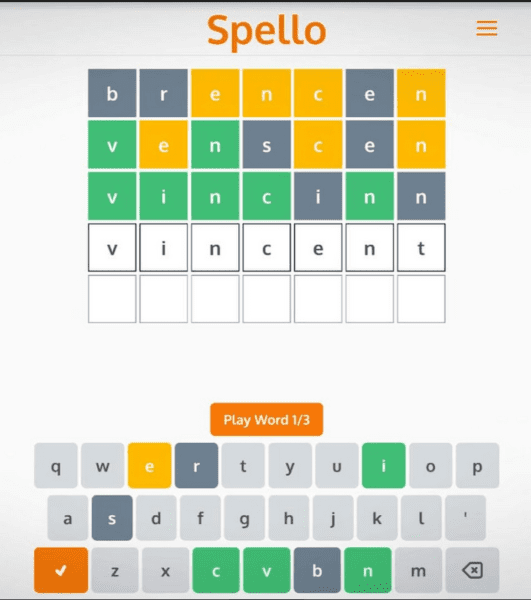 Beyond the vocabulary building, there are two noteworthy spelling Wordle variations that gamify the lesson. Spello is designed for teachers to make a list of words, and students have the word read to them by a computer voice before they start their guessing. The one notable feature is that Spello allows players to misspell words without displaying an error message. Still, It is similar to Wordle because the student is guided by the yellow, green and gray to give them six attempts to find the correct spelling. Spellie comes with easy to hard levels for the grade 2 to 5 range, and notifies the player to check the spelling in case of error. Code-breaking is a fun way of engaging and developing problem-solving skills.
Beyond the vocabulary building, there are two noteworthy spelling Wordle variations that gamify the lesson. Spello is designed for teachers to make a list of words, and students have the word read to them by a computer voice before they start their guessing. The one notable feature is that Spello allows players to misspell words without displaying an error message. Still, It is similar to Wordle because the student is guided by the yellow, green and gray to give them six attempts to find the correct spelling. Spellie comes with easy to hard levels for the grade 2 to 5 range, and notifies the player to check the spelling in case of error. Code-breaking is a fun way of engaging and developing problem-solving skills.
My personal favourite is a distant cousin of Wordle called Waffle. What I appreciate the most is after the great reveal of the daily solution, a list of definitions for each word used in the puzzle is displayed. And like every dictionary, this includes word origins which provides historical insight into how language was built. Here is a quick run through of Waffle.
The open-source code from the creator of Wordle eventually spawned spin-offs with learning possibilities beyond language arts. There is a long list of teacher recommendations for variations of Wordle to explore in other subject areas. Here are a few of the most highly recommended.
Social Sciences
Each day, a shape of a country appears with Worldle, and there is a list to choose your best guess. After six guesses, the answer appears with both a link to Google maps and Wikipedia to learn more about the country of the day. Like in Waffle, I appreciate that this game provides a small moment to reflect and learn.
Math
 Nerdle asks players to start tinkering with equations as every answer must have an equal sign. Once the rules are clear, the game is fairly simple if your students are inclined to explore algebra. Having spent many afternoons reciting times tables, I enjoyed the Times Tables sequence game which requires adding a number sequence to move forward. For students who can rattle off prime numbers and have time for an extra challenge, Primel asks the player to guess five-figure prime numbers. For the coders, both Scratch users and Python developers have jumped on the Wordle band wagon. There are tutorials on how to build a Wordle game in Scratch or in 50 lines of code in Python.
Nerdle asks players to start tinkering with equations as every answer must have an equal sign. Once the rules are clear, the game is fairly simple if your students are inclined to explore algebra. Having spent many afternoons reciting times tables, I enjoyed the Times Tables sequence game which requires adding a number sequence to move forward. For students who can rattle off prime numbers and have time for an extra challenge, Primel asks the player to guess five-figure prime numbers. For the coders, both Scratch users and Python developers have jumped on the Wordle band wagon. There are tutorials on how to build a Wordle game in Scratch or in 50 lines of code in Python.
Adding these types of puzzles to a classroom provides students with the opportunity to practice their critical thinking and logic skills in playful and creative ways. In these moments, when students are actively engaged in collaborating or competing to find solutions, this ushers in an invigorating dynamic into the classroom. The lessons will become secondary as the fun will be first and foremost in their minds.

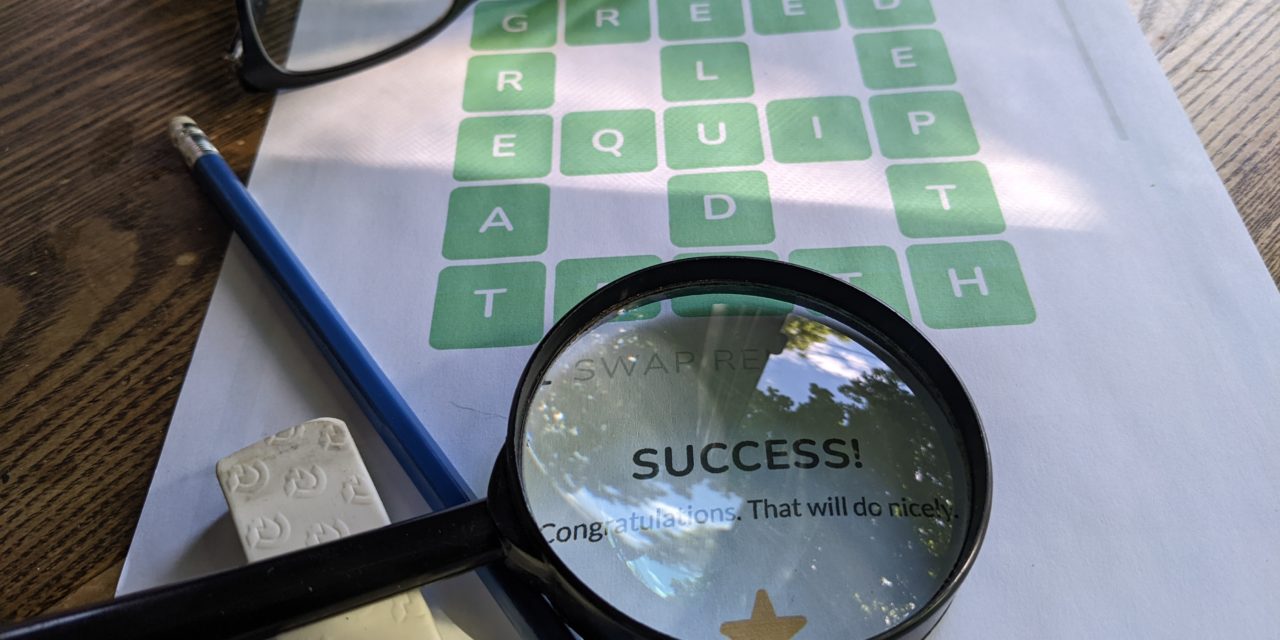
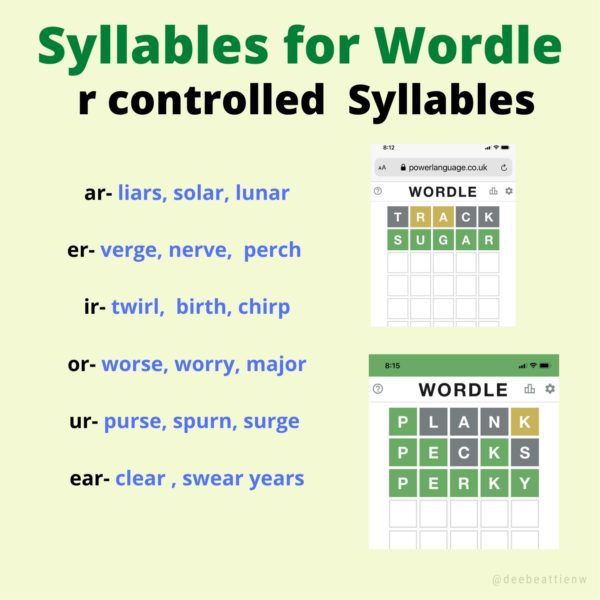 Is that a word?
Is that a word?